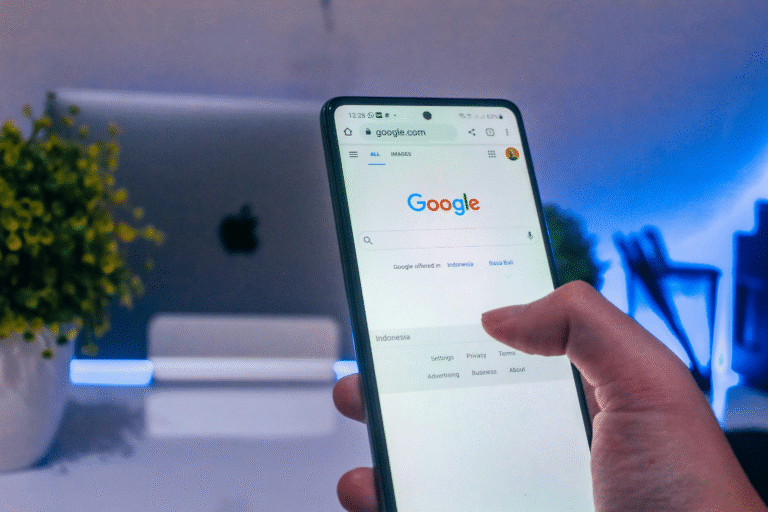The manufacturing scene in South Korea is changing. After signing a big trade deal with the US, some of the country’s biggest corporations, like Samsung Electronics and Hyundai Motor Group, have said they will invest a lot of money in their own country. Their choice comes at a time when the world is in a fierce race for superior technology and trade power. It also shows that more and more people in South Korea are worried that the country’s quick desire to develop abroad, notably into the United States, will hurt its own industrial base. These corporations are now doubling down on local development instead of letting that happen. This shows that South Korea wants to stay a leader in both traditional manufacturing and next-generation technologies.
Samsung Electronics is naturally the most in the spotlight. The IT giant announced plans to create another chip production line at its huge Pyeongtaek complex, which is already one of the most advanced semiconductor manufacturing hubs in the world. This new range fits in with the ongoing boom in artificial intelligence, which has caused demand for high-performance memory chips to reach all-time highs around the world. Samsung said that this new expansion is part of a larger promise by the Samsung Group to spend 450 trillion won on operations in South Korea over the next five years. That huge number, about $311 billion, is one of the biggest long-term industrial investment plans ever disclosed in South Korea.
Samsung’s announcement came at the right time. It came after a meeting between President Lee Jae Myung and top business executives. This meeting took place just days after South Korea signed a trade deal that promised to spend $350 billion in vital areas in the US. The president was open about his worries. He said, “There are worries that domestic investment might shrink as U.S.-bound investments strengthen.” He urged companies to grow at home even as they look for business possibilities abroad. He also told business leaders to cooperate closely with the government so that the big investment package from abroad may still help South Korea’s long-term industrial strength.

Jay Y. Lee, the chairman of Samsung, talked about these issues directly. He said, “Samsung will increase domestic investment, create good jobs for young people, and work even harder to make things better for small and medium-sized businesses and venture companies.” That one statement meant more than just a promise of money. It seemed to say that Samsung wants to be seen not only as a global tech leader but also as a partner that helps South Korea’s economy grow. This gesture has symbolic meaning in a world where big companies are sometimes criticized for taking business away from smaller ones.
Hyundai Motor Group likewise made headlines with its own promise. The business said that between 2026 and 2030, it will spend 125.2 trillion won in South Korea. Hyundai’s choice, like Samsung’s, shows that they really want to balance growth in other countries with growth in their own country. The shipbuilding industry in South Korea made similar promises, and Hanwha Ocean and HD Hyundai both announced fresh investment plans. These statements send a message to both markets and citizens: South Korea’s major corporations still consider their native nation as the base for their future.
Semiconductors, which are the invisible engines of AI, cloud computing, smartphones, and future autonomous systems, are at the heart of Samsung’s new endeavor. The new factory, which is often called the P5 line, is supposed to make advanced memory chips that are needed for both traditional servers and data centers that focus on AI. People who study the industry have seen that costs for semiconductors around the world are going up quickly. This is because all the big companies are racing to make chips that will power the next generation of AI systems. Samsung recently hiked the prices of some memory products by about 60% in just two months. This is a remarkable action that illustrates how tight supply has gotten.
The P5 series was intended a long time ago, but it was pushed out in 2023 because less people wanted smartphones and PCs around the world. Chip makers had to cut back on their manufacturing plans since there was more supply than demand. But now the situation has changed. Samsung thinks that the next ten years will see a lot of demand because the AI competition is speeding up and every big tech business needs more chips. The business said that the new plant will start making things in large quantities in 2028. It also acknowledged that this growth will require big improvements to the infrastructure to accommodate more output.
Samsung said in an official statement that the world is entering a full-scale AI era and that memory consumption will grow in the medium to long term. It needs to acquire manufacturing lines early to stay ahead, instead than waiting for the market to set the pace. Samsung has always believed that during times of uncertainty, the best thing to do is to invest heavily so that the company is ready when demand rises.
The announcements demonstrate strength, but they also suggest underlying pressure. The economic pact between the US and South Korea could open up a lot of doors, but it also presents a strategic challenge. If South Korean companies put too much money into businesses outside of South Korea, they could slowly lose their home base. But if they don’t think about expanding their business around the world, they could lose their place to other countries. President Lee’s words hit the nail on the head when it came to this delicate balance. He told businesses to try to get U.S. investment, but only if South Korea doesn’t become less important in the process.
There is also a deeper layer. South Korea still remembers the economic shocks of the past, like the Asian financial crisis of 1997 and more recent worldwide downturns. Each episode showed the country that depending too much on outside forces might have bad effects. This is why statements about domestic investments are important for more than just economic reasons—they affect how people feel about their country.
It is yet unclear if these promises will lead to long-term job development, high-tech innovation, and ongoing self-sufficiency. Right now, they are cautiously hopeful. On the one hand, the race for global leadership in semiconductors and electric vehicles is fierce. On the other hand, South Korea has demonstrated time and time again that it can grow faster than projected when its government and businesses work together.
Many people think that this fresh wave of investments is not merely a response to the deal with the US, but also a change in strategy. South Korea needs to stay an important part of the technology supply chain, not only a place where other countries can grow.












